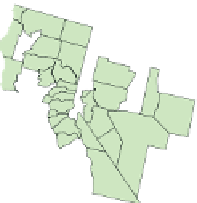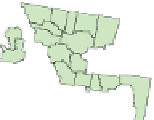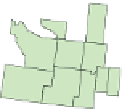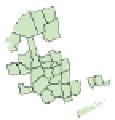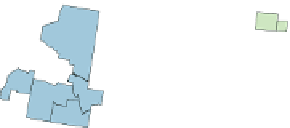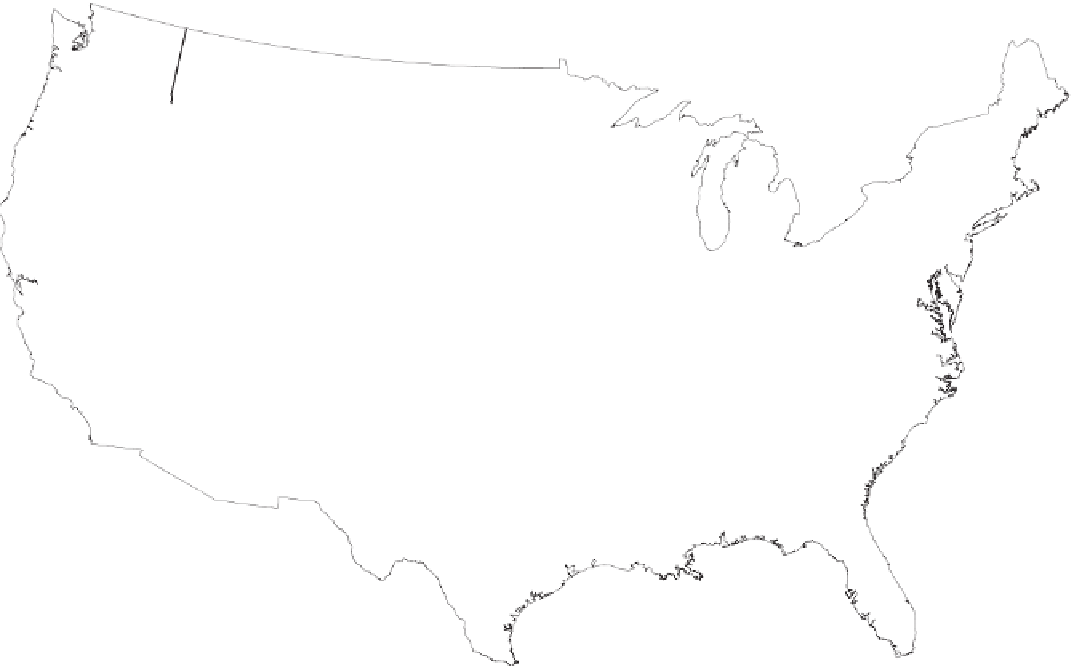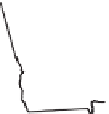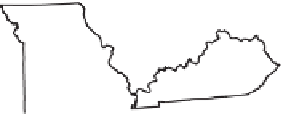Geography Reference
In-Depth Information
0
500
1000 Kilometers
PERCENT OF PEOPLE
5 YEARS AND OLDER WHO
SPOKE A LANGUAGE OTHER
THAN ENGLISH AT HOME
BY COUNTY
0
250
500 Miles
60.0 or more
35.0 to 59.9
17.9 to 34.9
4.6 to 17.8
4.5 or less
0
0
400 km
200 mi
0
0
200 km
100 mi
0
0
200 km
100 mi
Figure 6.5
Percent of People 5 Years and Older Who Speak a Language Other than English at Home
in the United States.
The data presented include all non-English languages by county.
Data
from:
United States Census Bureau, 2010.
language. Some 30 States today have declared English the
offi cial language of the State either by statute or by amend-
ing the State constitution (one law was subsequently over-
turned by the courts). A few States have passed English-plus
laws, encouraging bilingualism for non-English speakers,
and a few other States are offi cially bilingual, including
Hawai'i (Hawai'ian and English), or have bi-lingual educa-
tion, including New Mexico (Spanish and English).
In Quebec, Canada, the focus is on passing laws
that promote the use of the province's distinct version
of the French language. The country of Canada is offi -
cially bilingual, a refl ection of the colonial division of the
country between France and Great Britain. Government
documents and even scholarly journals are printed in both
English and French. Most of the country's French speak-
ers live in the province of Quebec. The majority of people
in Quebec speak French at home.
Since the 1970s, the Quebecois (people of Quebec)
have periodically called for more independence for their
province within Canada, even voting on secession at
times. Although a majority has never voted for secession,
the provincial government has passed several laws requir-
ing and promoting the use of French in the province. In
1977, the Quebec government compelled all businesses

